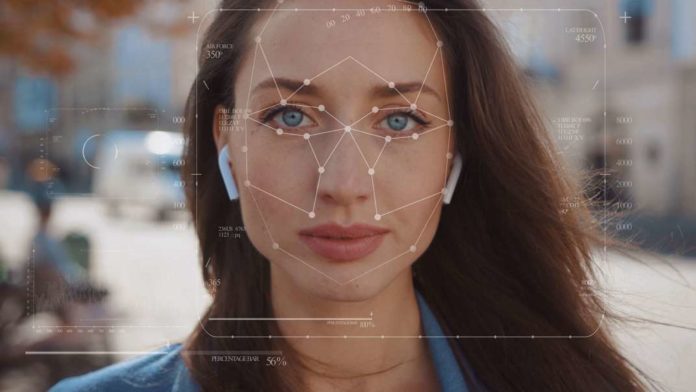By: Nick Gambino
Deepfakes are getting eerily precise. When the tech first hit the scene just a few years ago, it was little more than a novelty trick. You could swap out one face for another in a video and it was fascinating enough to go viral.
As the tech has improved over the years, it’s gotten more and more realistic, with some videos actually convincing many of something that isn’t real. In entertainment, this isn’t a big deal. In the world of politics, business, or anywhere misinformation runs rampant, this is a real problem. If we can’t detect whether a video is real or not, we’re potential victims of harmful lies that we have no way to disprove.
Intel has been working with Binghamton University to come up with a solution and it’s pretty ingenious. Deepfake tech works by scanning thousands of images of someone’s face to create a model that is then used to map that face to another face in every frame of a video. This is how we get videos of fake Tom Cruise or Arnold Schwarzenegger playing Rose in Titanic.
Intel’s new FakeCatcher finds the glitch in the deepfake by measuring the pulse in the subject’s face. As living, breathing humans we have measurable blood flow in our bodies which is lost when you use still images to manipulate that body in a video. In a deepfake video, the pulse rate is erratic, instantly proving that the video isn’t real.
“Our key assertion follows that biological signals hidden in portrait videos can be used as an implicit descriptor of authenticity because they are not spatially nor temporally preserved in fake content,” a paper from the researchers at Binghamton University reads.
FakeCatcher has a 96% accuracy rate and is even able to detect what tool was used to create the deepfake. There are four tools in use these days, each using a slightly different technology – FaceSwap, NeuralTex, DeepFakes, and Face2Face.
Of course, they had to go and tell everyone about it, so now these Deepfake technicians can figure out a way to fool the new FakeCatcher. I have a feeling this is going to be an indefinite cat-and-mouse game.










